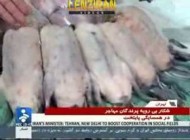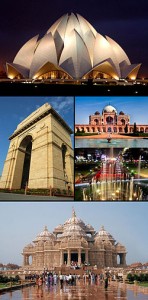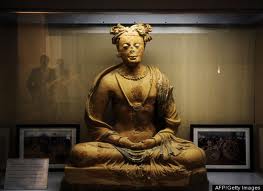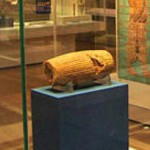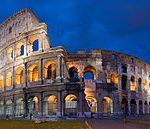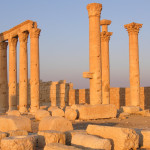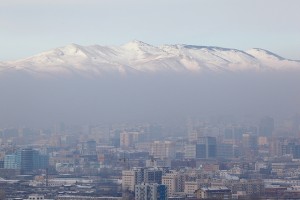 In recent years, air pollution has drastically increased in different Iranian cities. Environmental experts and activists believe that non-standard petrol is one of the most important reasons for increased air pollution and causing major health problems in Iran.
In recent years, air pollution has drastically increased in different Iranian cities. Environmental experts and activists believe that non-standard petrol is one of the most important reasons for increased air pollution and causing major health problems in Iran.
Production and use of non-standard (domestically refined) petrol has been increased in the past 3 years, and according to the published figures, Iran produces around 60 million litres of petrol on a daily basis which roughly corresponds to its national consumption. However, even though the Iranian officials have promised to increase the production of higher grade petrol with Euro 4 and 5 standards (used in European countries) the low-grade domestically-produced petrol is still what is mainly produced (and used). Recently Iran’s environmental organization asked government to stop producing this non-standard petrol in the country and instead start importing petrol from other countries until it meets the required standards. Some Iranian parliament`s representatives have explicitly suggested that production of this low quality and non-standard petrol is linked to increased risk of cancer in Iran.
In recent years, there have been higher cases of cancer, heart attacks, asthma, neurological disorders, miscarriages and birth defects reported in Iran and exactly a year ago, the government reported that over 4000 death in Tehran, the capital of the country, could perhaps be attributed to poor air quality.
Other major factors causing air pollution include limited access to small environment-friendly cars (due to lower imports), and using non-standard domestic cars. Also, expansion of manufacturing companies which do not pay attention to the environmental issues as well as low restrictions and poor regulatory standards are other causes impacting air quality and increasing air pollution.

